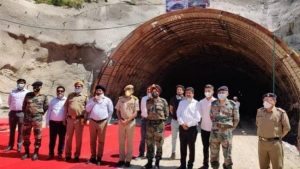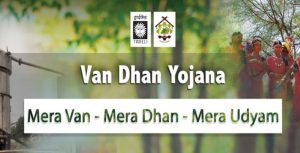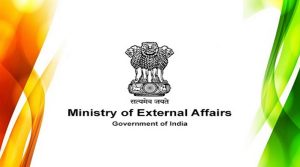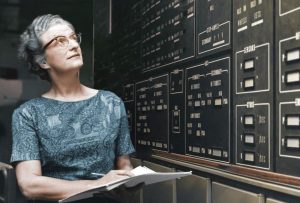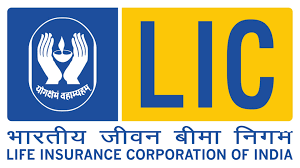VisionIAS
18:28
Recommended
Yojana
Unarguably the best magazine for Civil Service preparation. Its articles are written by eminent scholars and bureaucrats and are extremely useful for mains and interview.
Unarguably the best magazine for Civil Service preparation. Its articles are written by eminent scholars and bureaucrats and are extremely useful for mains and interview.
Some of the issues viz. Good Governance (Feb 2013), Inclusive Governance (Aug 2013), Public Administration Reforms (March 2014) etc are brilliant. One must have a look at last 2 years Yojana.

